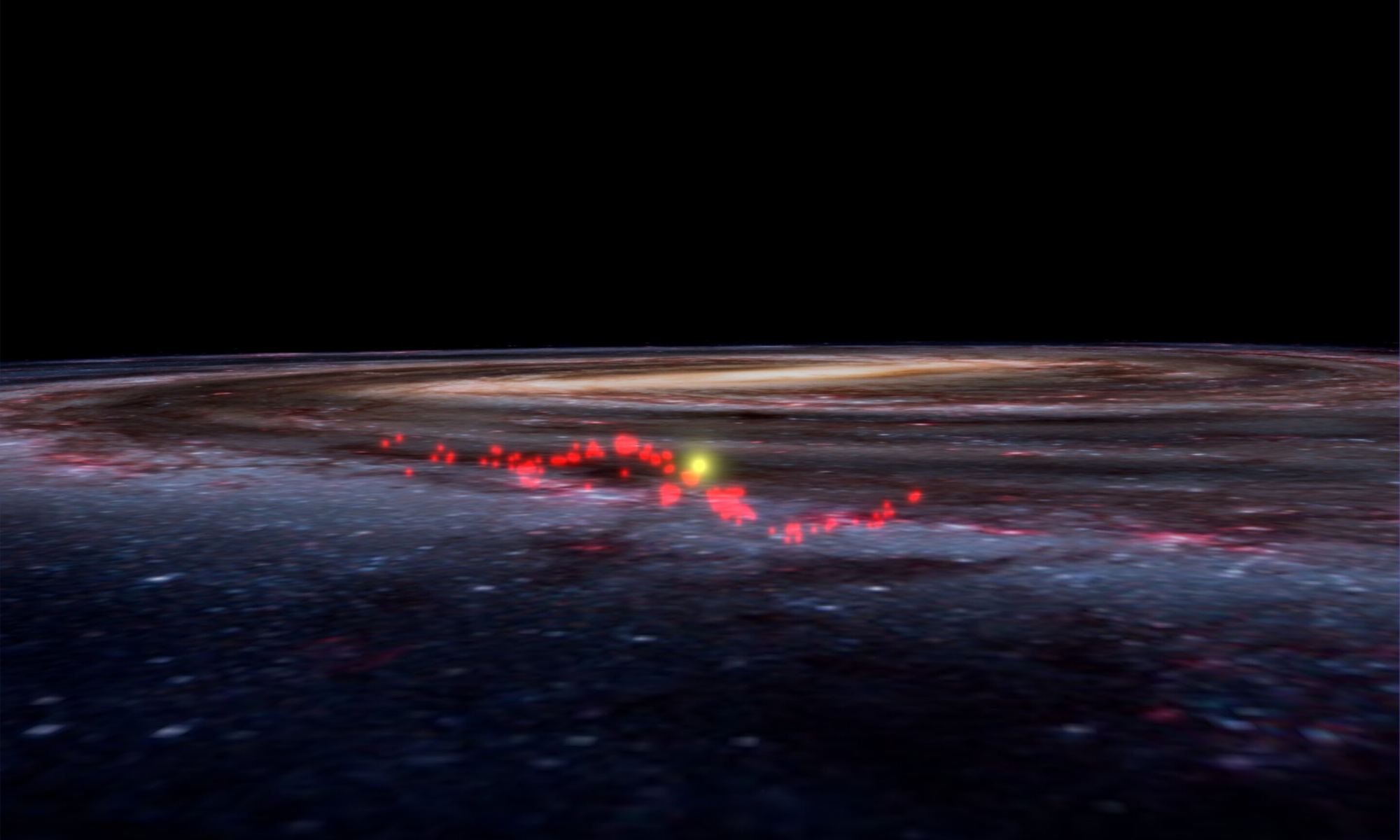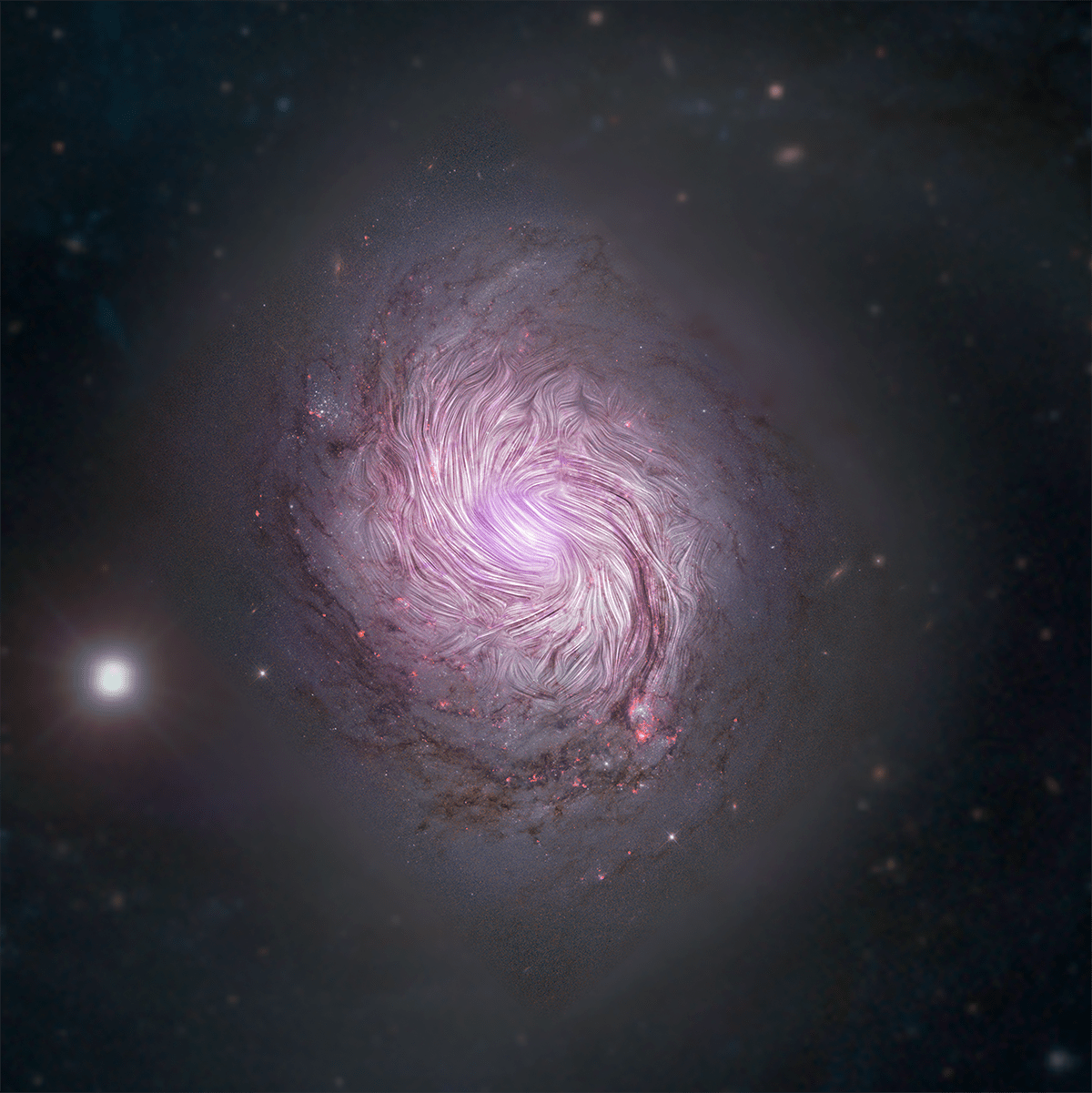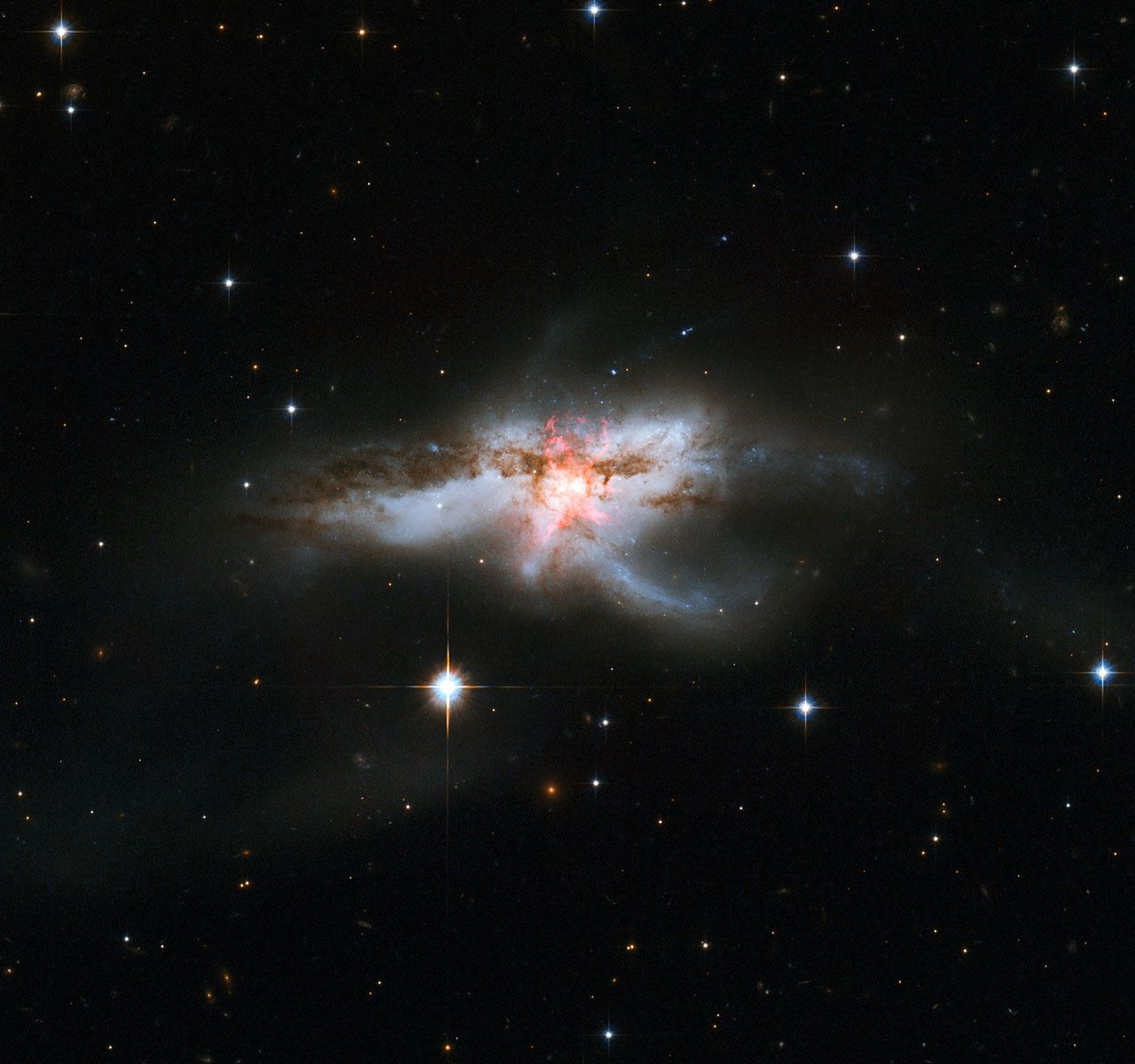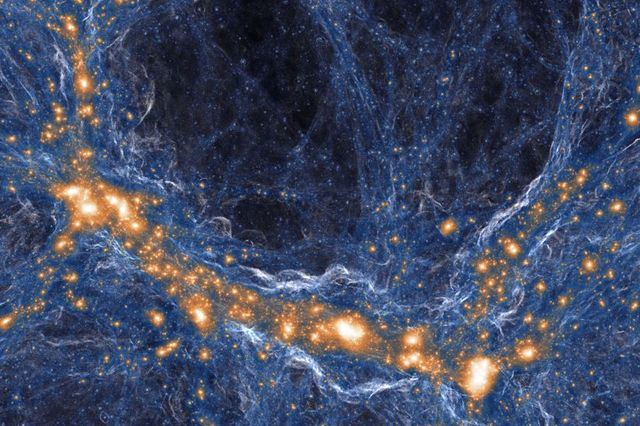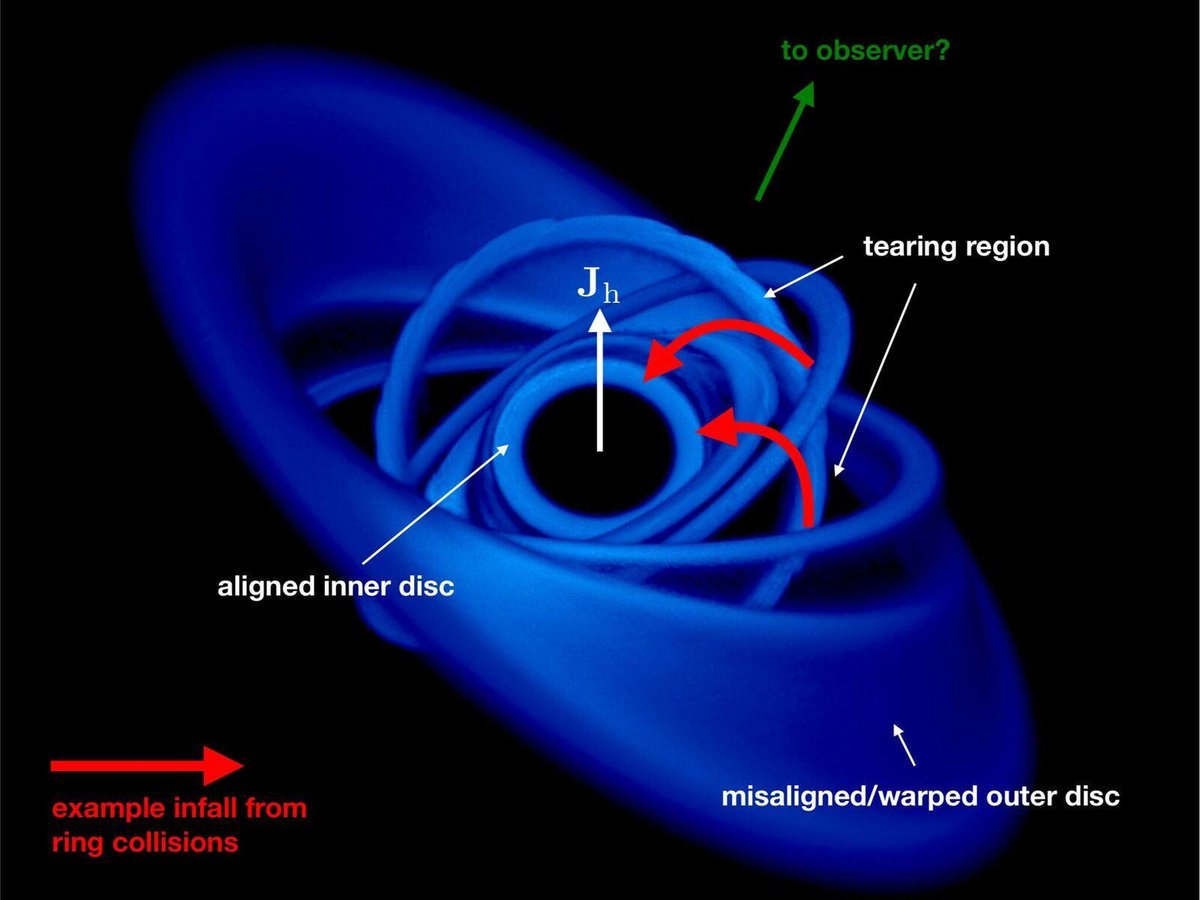I know you’re Googling “flocculent” right now, unless you happen to be a chemist, or maybe a home brewer.
You could spend each day of your life staring at a different galaxy, and you’d never even come remotely close to seeing even a tiny percentage of all the galaxies in the Universe. Of course, nobody knows for sure exactly how many galaxies there are. But there might be up to two trillion of them. If you live to be a hundred, that’s only 36,500 galaxies that you’d look at. Puts things in perspective.
Continue reading “This Galaxy is the Very Definition of “Flocculent””

